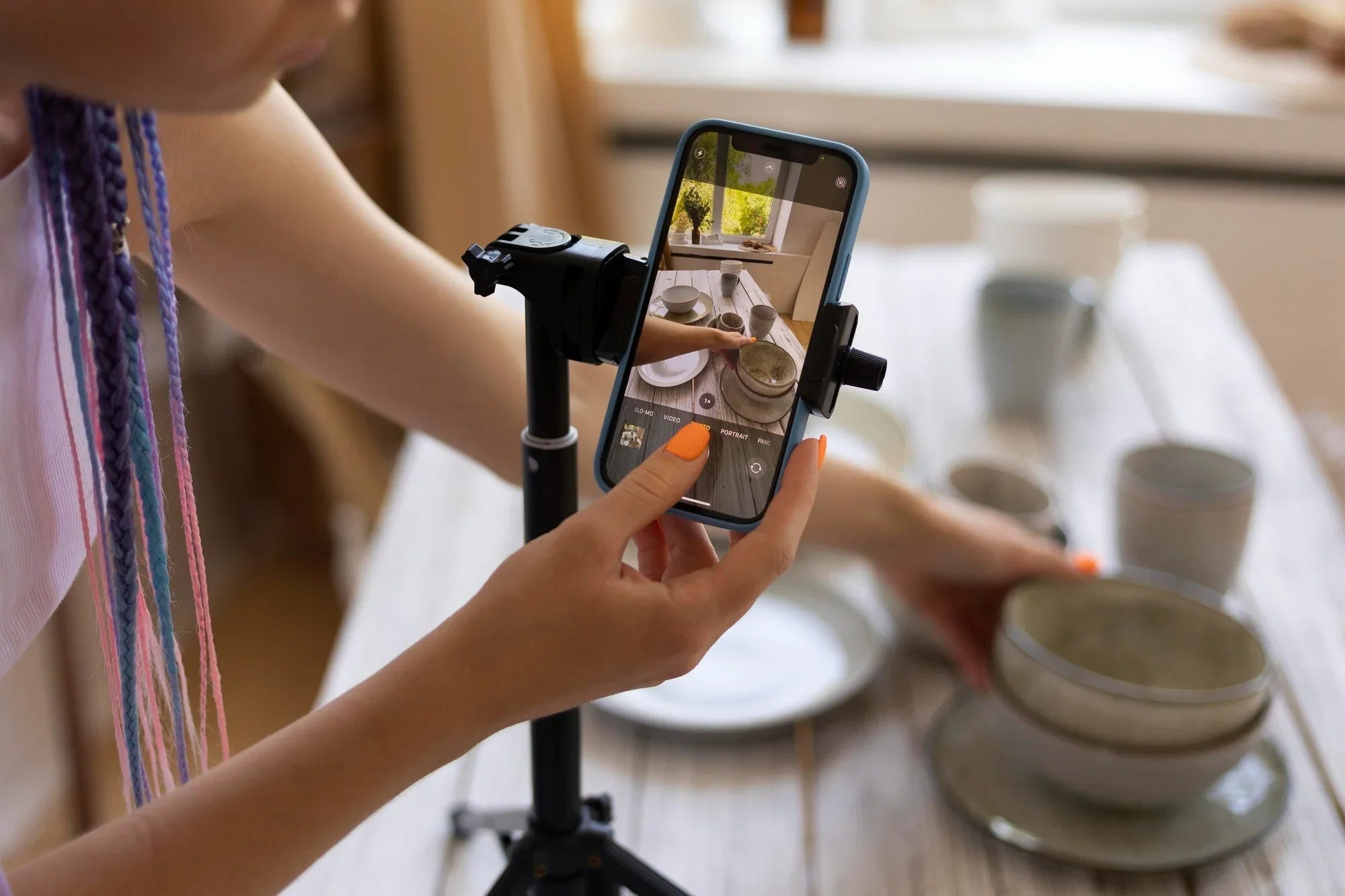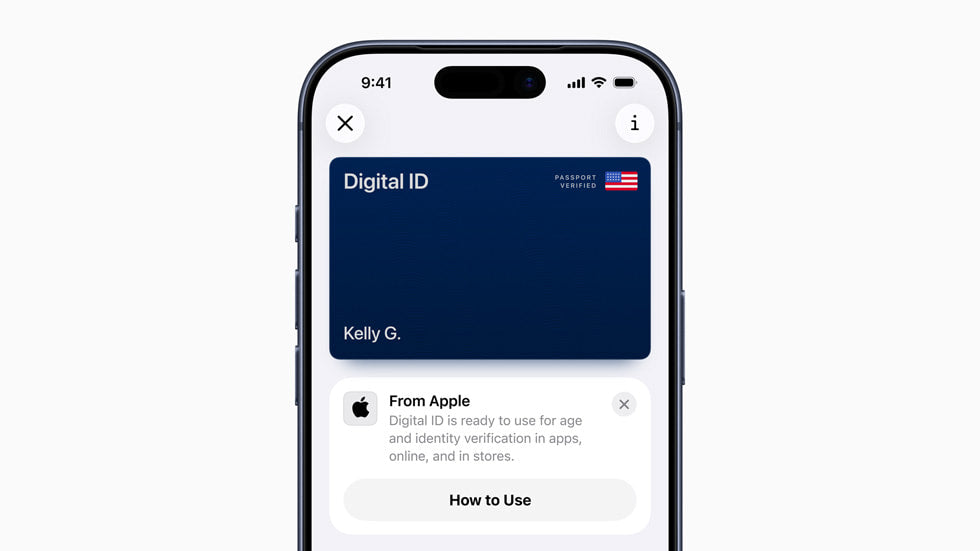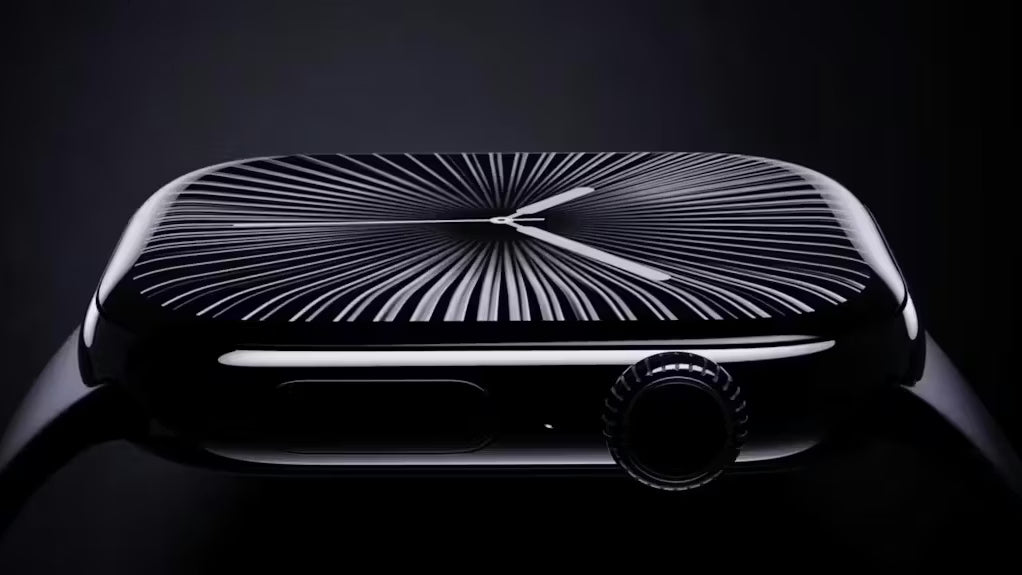Unleashing the power of your iPhone camera: Photography and video tips discover how to capture professional-quality photos and videos using just your iPhone
The evolution of iPhone photography
The iPhone camera has transformed from a basic utility to a sophisticated photography system capable of producing stunning images. With each new model, Apple continues to push the boundaries of what's possible with computational photography, making professional-quality imaging accessible to everyone.
Today's iPhones feature multiple lenses, advanced image processing, and intuitive controls that rival dedicated cameras. Whether you're using the latest iPhone Pro Max or an older model, understanding the fundamentals can dramatically improve your photography skills.
Essential iPhone photography tips
Master the basics
- Clean your lens regularly - fingerprints and dust can ruin otherwise perfect shots
- Use the grid feature to improve composition with the rule of thirds
- Learn to adjust exposure by tapping and sliding up or down
- Take advantage of portrait mode for professional-looking depth effects
Lighting techniques
Lighting makes or breaks a photograph. The iPhone's HDR (High Dynamic Range) feature helps balance exposure in challenging lighting situations, but understanding how to work with light is essential:
- Avoid harsh direct sunlight when possible
- The golden hour (just after sunrise or before sunset) provides warm, flattering light
- For indoor photography, position subjects near natural light sources
- Experiment with the Night mode for impressive low-light photography
Composition fundamentals
Even the most advanced camera can't fix poor composition. Consider these techniques:
- Apply the rule of thirds by placing key elements along grid intersections
- Explore different angles and perspectives rather than always shooting at eye level
- Use leading lines to draw viewers into your image
- Don't be afraid of negative space to create dramatic impact
Advanced iPhone video recording
Modern iPhones are capable of shooting cinema-quality video, with models supporting up to 4K resolution at 60 frames per second. The addition of features like Dolby Vision HDR and optical image stabilization has revolutionized mobile filmmaking.
Video recording essentials
- Stabilize your iPhone using a tripod, gimbal, or steady hands
- Record in landscape orientation for most professional-looking results
- Use manual focus and exposure by tapping and holding on your subject
- Consider external microphones for superior audio quality
Cinematic techniques
Recent iPhone models include a Cinematic mode that creates automatic focus pulls between subjects. For more creative control:
- Use slow motion (120fps or 240fps) to add dramatic effect
- Practice smooth panning and tracking movements
- Experiment with time-lapse for capturing changes over time
- Try the Cinematic mode to add shallow depth of field effects
Essential apps for iPhone photography and videography
While the native Camera app offers impressive capabilities, third-party apps can expand your creative possibilities:
Photography apps
- Halide - For manual controls and RAW capture
- Lightroom Mobile - Professional editing tools and presets
- VSCO - Popular for filters and creative editing
- Snapseed - Powerful free editor with precision tools
Video apps
- FiLMiC Pro - Cinema-grade manual video controls
- LumaFusion - Professional multi-track video editing
- Splice - User-friendly editing with music and effects
- Videoleap - Creative effects and transitions
Pro tips for iPhone content creators
Storage management
High-resolution photos and videos quickly fill storage space. Consider these strategies:
- Use iCloud Photos to store originals in the cloud
- Choose optimized storage in settings to save device space
- Regularly backup your media to external drives or services
- Consider shooting in HEIF/HEVC formats which use less space
Editing workflow
Developing an efficient editing workflow can save time and improve results:
- Use batch editing for applying similar adjustments to multiple photos
- Create presets or favorites for your common adjustments
- Practice non-destructive editing by duplicating originals
- Consider exporting at appropriate resolutions for different platforms
Accessories that elevate iPhone photography
The right accessories can dramatically improve your capabilities:
- Lens attachments - Add wide-angle, macro, or telephoto capabilities
- Gimbals - Provide smooth, stabilized video movement
- Tripods - Essential for long exposures and stable video
- Lighting - Portable LED panels can transform your lighting options
- Microphones - Lavalier or shotgun mics for professional audio
Conclusion: The future of mobile photography
The line between professional equipment and smartphone photography continues to blur. With computational photography advancements, features like ProRAW, and the ever-improving sensor technology, iPhones have become legitimate tools for serious photographers and filmmakers.
The best camera is still the one you have with you—and with these techniques, your iPhone can capture truly exceptional moments. Remember that developing your creative eye and understanding of visual storytelling will always be more important than the latest technology.
Start practicing these techniques today, and watch your iPhone photography and videography skills transform from casual snapshots to compelling visual content.
What are your favorite iPhone photography tips? Share your thoughts and examples in the comments below!




Share:
Is your iPhone battery draining fast? 10 tips to improve battery life
Unlocking the potential: Hidden iPhone features